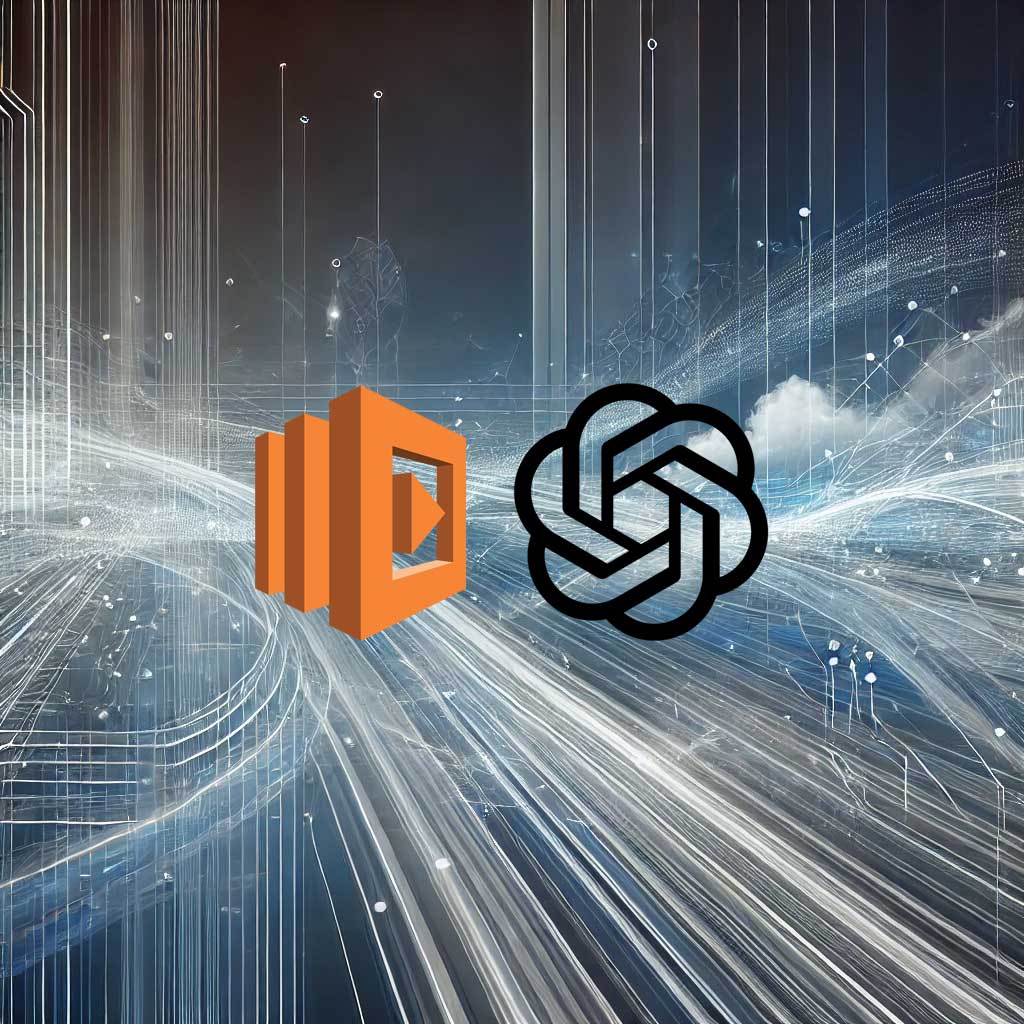Building a Serverless Infrastructure with AWS for OpenAI API Integration
Building a Serverless Infrastructure with AWS for OpenAI API Integration

Building a Serverless Infrastructure with AWS for OpenAI API Integration
Embarking on the Serverless Journey
Our recent project involved an exciting challenge: creating a serverless infrastructure using AWS to interact with the OpenAI API. This task was not just about leveraging the power of AWS but also about integrating it seamlessly with OpenAI’s cutting-edge capabilities.
Discovering AWS’s Official Demo
Our initial step involved thorough research, and it was during this phase that we stumbled upon an official AWS demo. This resource proved to be a goldmine, offering a solid foundation to start our serverless integration.
Tailoring the Demo to Our Needs
While the demo provided a great starting point, we needed to make it our own. This meant renaming some of the function names, database tables, and other elements to align with our project’s unique requirements. Customization is key in such integrations, as it ensures that the infrastructure resonates with the project’s essence.
Navigating the Lambda Function Challenges
An interesting aspect we encountered was the need for modifications when testing the Lambda function without the API gateway. The existing code assumed a stringified payload, but our needs required us to work with a JSON payload. We had two options: either deploy it as is and consume the function via the API gateway or dive into the source code and make the necessary adjustments.
Automating File Uploads to S3
Moving beyond the initial setup, we focused on automating file uploads to S3. This step was crucial for streamlining our workflow. Instead of relying on AWS CLI, we developed a JavaScript script to run on Node. This script iterated through the build folder, uploading files directly to our S3 bucket.
Establishing Basic Client Communication
After a few hours of configuration and setup, we had a basic client capable of communicating with the Lambda function through the API Gateway. This setup allowed us to authenticate, authorize, and interact with the OpenAI API effectively.
Looking Forward: Implementing Business Logic
The next phase of our project is where the real magic happens: implementing our specific logic and prompts to structure data in line with our business objectives. This step will transform our serverless infrastructure from a functional entity into a dynamic tool tailored to our specific needs.
Stay tuned for our next post, where we delve deeper into the intricacies of this integration and share more insights from our journey!
